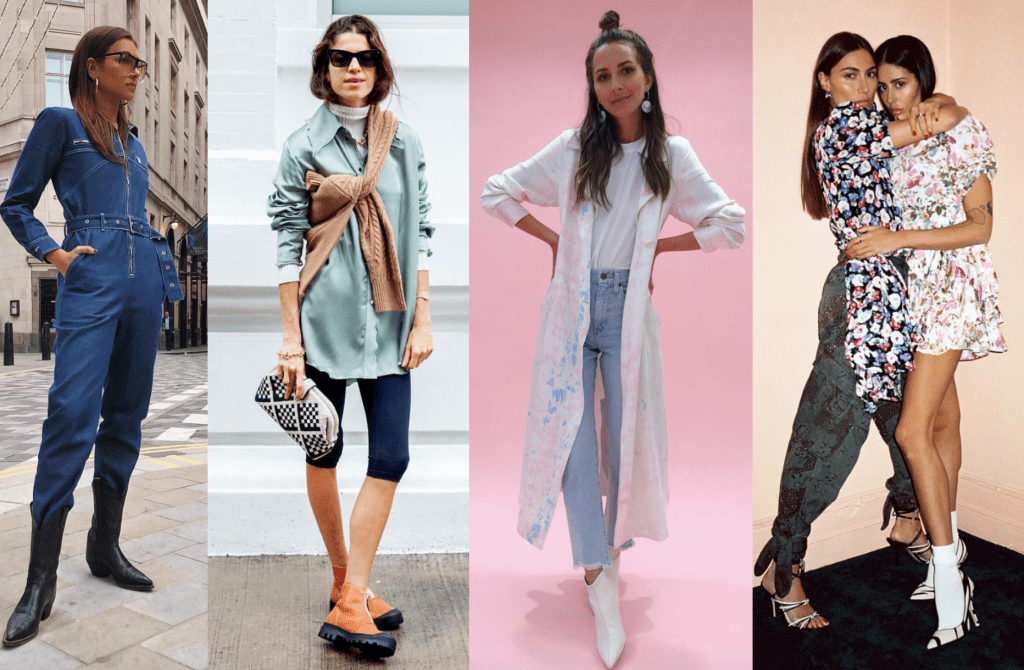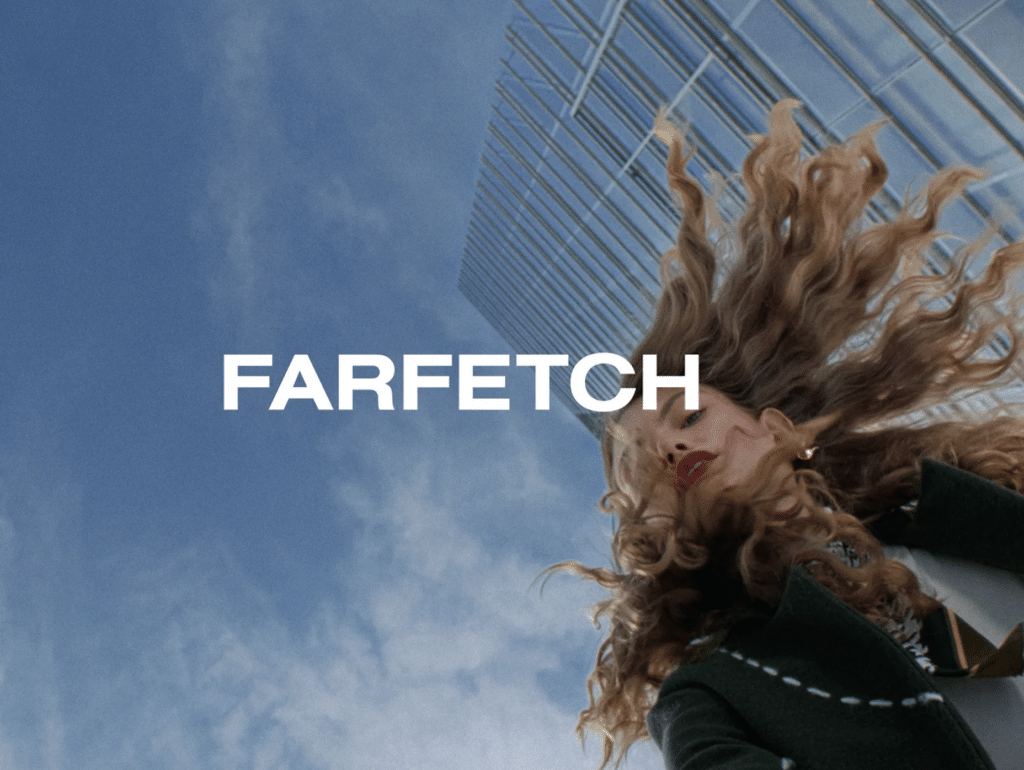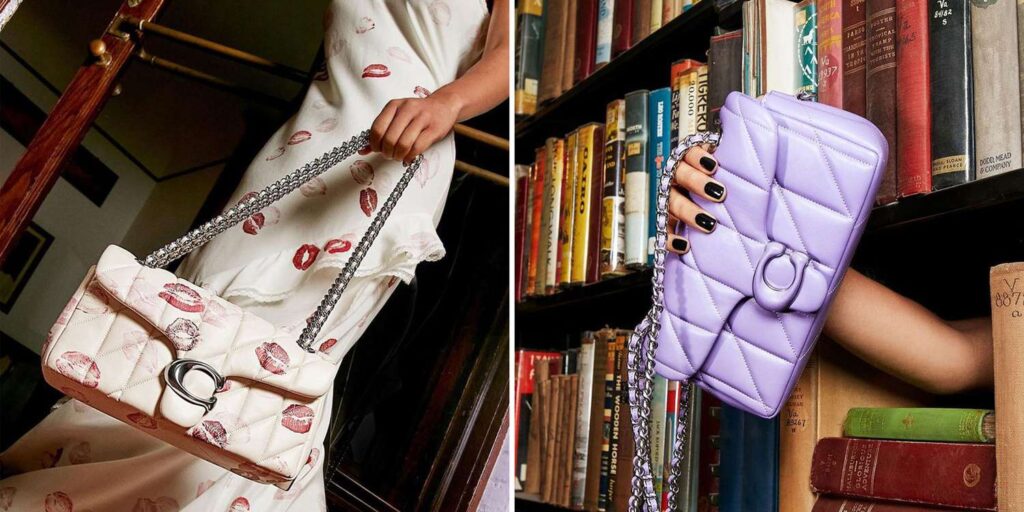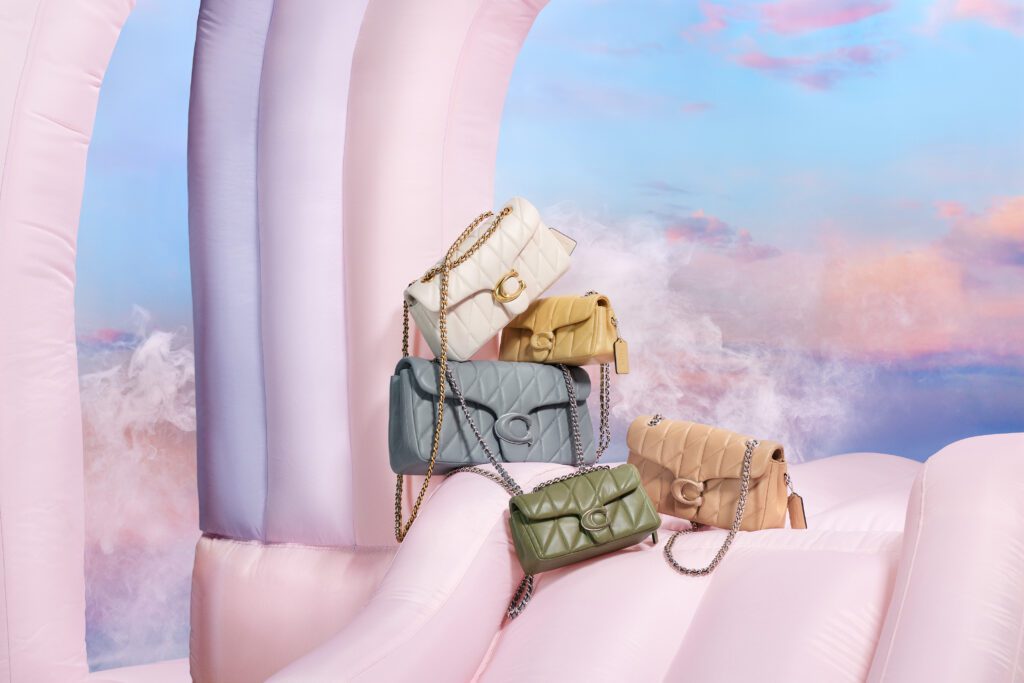In the bygone days of the pre-internet era, consumers were forced to rely almost exclusively on their friends for product recommendations. A simple, “Where did you get those jeans?”, drove brand discovery, and a “Have you tried this cream?”, often prompted purchases. Magazines and celebrity style were influential, of course, but nothing in this realm would compare to the boom that was brought about by influencers and their ability to sway the purchasing decisions of their followers, for the most part by way of endorsement of the offerings of third-party brands and retailers.
The lifecycle of the influencer has experienced many evolutions, the most significant likely being the transition from blog-based content to the wilds of social media, where billions of individuals regularly spend time. Instagram, alone, most influencers’ platform of choice boasts a roster of more than 1 billion active users waiting to be engaged with. YouTube, another popular host site, is “even bigger than Gmail, and nearly as big as Facebook, with over 1.8 billion monthly logged-in users,” according to Business Insider. In these platforms, influencers found a gold mine, largely thanks to in the ease of accessibility in the part of consumers.
All the while, another shift has been underway, roughly a decade or so into the proliferation of the $1 billion-plus influencer industry, from mega-level ones to the much smaller scale, but largely effective nano-influencers, one that does not center on where influencers are … well, influencing, but what they are influencing.
On a single day last September, Arielle Charnas reportedly managed to drum up $4 million in sales for Nordstrom, and in the process, cause the retailer’s e-commerce site to crash thanks to a rush in traffic. The shopping frenzy coincided with the debut drop of the super-influencer’s permanent Something Navy collection with the Seattle-headquartered retailer, a seamless extension of Charnas’ decade-old Something Navy blog and her highly-followed Instagram account, which boasts 1.2 million followers, who range in age from 13 to 60 years old.
For most of the nearly 10 years that Charnas has maintained her website, her work has been tied in large part to other companies. By way of #sponsored Instagram endorsements and branded collaborations, Charnas and other influencers have been extremely successful at creating widespread brand awareness when they tag a dress they’re wearing or bag they’re carrying. Creating brand discovery amongst their followers is the core of most influencers’ power, with as many as 99 percent of recently-polled consumers saying they discover new products thanks to influencers that they follow.
In at least some cases, particularly powerful influencers are also helping to boost companies’ bottom lines by directly converting their followers into buyers. As WWD determined in 2017, Charnas is soundly within this latter camp. In addition to introducing her followers to new brands and products by way of more than “300 other paid partnerships” to date, according to the Observer, the 31-year old influence converts. An example cited by WWD: “Charnas posted a photo of herself wearing a Petersyn top and skirt two weekends ago and in two days, Shopbop sold $40,500 of tops and skirts combined.”
More recently, though, Charnas’ rapidly expanding universe has centered largely on her own brand, which was born from a partnership with Nordstrom. Starting out exclusively with a one-off capsule collab with Nordstrom’s private label Treasure & Bond in 2017, more than $1 million in sales later, the two parties were in discussions about the next steps. Now, there are regular Something Navy collection drops and a growing number – and type – of offerings, whether it be ready-to-wear, footwear, swimwear, or accessories.
Beyond her Nordstrom collection, Charnas has started amassing stakes in some of the brands that she likes most, whether it be Bandier, Elliot Tebele’s Jaja Tequila, clean makeup brand Kosas, or soup company Bou for You. When she promotes these products, “It’s not just a paid, sponsored post,” she told BoF last year. “It’s partly mine.”
Charnas’ shift to championing brands of her own making and ones with which she is affiliated is firmly in line with a larger sea change amongst some of the biggest names in the influence game; it is representative of the latest evolution in this sphere.
It has seen celebrities, like Kim Kardashian and Kylie Jenner, tired of the lack of control and sharing of profits that comes with third-party deals, launch very lucrative businesses of their own. Jenner’s Kylie Cosmetics garnered a nearly $1 billion valuation earlier this year, and is reportedly in talks to sell off a majority stake to cosmetics giant Coty for a whopping $600 million.
As part of a larger trend, fashion bloggers-turned-Instagram figures have also placed their bets on their own lines. Huda Kattan, for instance, started her beauty blog in 2010, which she has since built into a cosmetics brand that was valued at $1 billion. Fellow beauty influencer Marianna Hewitt, along with her business partner Lauren Gores, launched their brand, Summer Fridays, in 2017, a social-media centric endeavor known for its smash-hit $48 Jet Lag Mask. For weeks after its launch, the budding young brand’s singular product held the title of the best-selling skin-care product on sephora.com, out-selling significantly more senior and heavily-advertised products.
Fashion figures, such as Chiara Ferragni, have also taken to supplementing third-party partnerships with in-house efforts. The Blonde Salad super-influencer boasts an eponymous ready-to-wear and accessories line that is offered in brick-and-mortar stores across the globe, as well as alongside traditional fashion brands’ wares by retailers, such as Saks Fifth Avenue, FarFetch, and the LVMH-owned e-comerce site 24 Sèvres, among others. 31-year old Ferragni brought in a total of $33 million in revenue last year.
ManRepeller’s Leandra Medine’s eponymous footwear collection has amassed a significant roster of stockists from Shopbop and the Webster to Barneys and FarFetch; after just four seasons, Medine expanded the offerings at play, as well the list of retail partners. And still yet, street style stars Gilda Ambrosio and Giorgia Tordini launched The Attico in 2015, which has swiftly garnered the influencers awards, top search results according to shopping discovery platform Lyst, a long list of editorials, and fans, while Danielle Bernstein of WeWoreWhat has launched ventures ranging from a self-funded overalls collection called Second Skin to collabs with Joe’s Jeans and Onia Swim, much to the joy of her 2 million followers.
Following this same path are a growing number of other highly-followed and inherently-trusted Instagram starlets, who have not only figured out how to precisely harness the sheer power of their name-check but also identified the most financially beneficial – and likely, the most long-lasting – way to bank on it.
With all of this in mind, the question becomes: can these influencer-led brands really compete with traditional fashion entities, particularly as the notion of influencer fatigue continues to loom? And if they can (and some of the reported revenue numbers at play suggest that this is not necessarily out of the question), just how much of a threat will this burgeoning model be for traditional brands?
As of now, it is likely too soon to gauge the success of the average influencers’ independent endeavors, but a multi-year case study will prove interesting. Stay tuned.











